Sorghum Benefits: 8 Ways It Boosts Your Health
Keep an eye out for the superior nutrition of one of the best gluten-free grains in town!

Image: Shutterstock
Sorghum is a great choice for those looking for gluten-free grains. The health benefits of sorghum can be attributed to its bioactive antioxidants. It is a tropical crop becoming popular across the world. It is also useful as a dietary alternative for individuals with celiac disease or gluten sensitivity. In this article, we elaborate on the potential health benefits of sorghum, any possible side effects, and a few easy recipes to try.
 Know Your Ingredient: Sorghum
Know Your Ingredient: SorghumWhat Is It?
It is a round beige grain with a distinct small black dot that grows in clusters on sorghum grass.
What Are Its Benefits?
Beneficial for reducing inflammation and cancer risks, and good for digestion and managing cholesterol and blood sugar levels.
Who Can Consume It?
People with diabetes can consume it to prevent blood sugar spikes.
How Often?
It can be consumed every day in moderation as it is healthier than refined white flour.
Caution
Can be difficult to digest and cause allergic reactions, including mouth swelling, nausea, vomiting, and stomach cramps.
In This Article
What Is Sorghum?
Sorghum (Sorghum bicolor) is popular in tropical countries, where it is harvested, but underrated globally. Sorghum is a genus of about 25 species of flowering plants in the grass family (Poaceae). If you search for various foods high in starch, you will find its name in the list. It was native to Africa but is now cultivated in the tropics and subtropics. It is also an important source of alcoholic beverages and sorghum molasses.
 Trivia
TriviaSorghum is majorly available in 4 types. Let us explore them in the next section.
Key Takeaways
- Sorghum is a gluten-free grain with important bioactive antioxidants.
- Incorporating it into your diet may help manage diabetes and promote cardiovascular health, among other benefits.
- It is also useful as a dietary alternative for individuals with celiac disease or gluten sensitivity.
- Sorghum has an earthy flavor and can be consumed as rice or flour for flatbreads.

Types Of Sorghum
- Grain Sorghum
It varies in shape and color. It has tight or droopy panicles and comes in shades of red, orange, bronze, tan, white, and black. Red, orange, or bronze sorghum is versatile in the industry, while tan, white, and black variants are made into flour.
- Forage Sorghum
It is used for grazing, hay, silage, and green chop. It grows 8 to 15 feet tall and is mainly used for livestock feed, especially as silage.
- Biomass Sorghum
It grows up to 20 feet tall and is used for bioenergy due to its substantial non-grain biomass production.
- Sweet Sorghum
It is harvested for its stalks and is used to make syrup. It was a popular sweetener and is now used in whiskey and rum as a healthier alternative.
Keep reading to find out more about the health benefits of sorghum.
Potential Health Benefits Of Sorghum
1. May Improve Digestive Health
Sorghum is a great source of dietary fiber. Fiber is good for digestion as it can help in bowel movement and which prevents constipation, gas, and other gastrointestinal issues.
Fiber also works as a prebiotic fodder for gut bacteria which helps in maintaining a healthy digestive tract (1).
Fiber has also been linked to lower cholesterol levels and protecting the body from heart disease and atherosclerosis (2). It also helps with weight loss. Animal studies have reported that sorghum extract has cholesterol-lowering effects in hamsters (3).
2. May Help In Managing Diabetes

Sorghum is rich in phytochemicals that have been reported to have glucose-lowering or hypoglycemic properties (4). Animal studies have reported that feeding diabetic mice sorghum extract has an anti-diabetic effect (5), (6).
A Korean study found that sorghum extract exerts an anti-diabetic effect by improving insulin sensitivity in mice fed a high-fat diet (7). A preliminary study on six non-insulin-dependent diabetic patients showed that selected sorghum recipes exhibit a hypoglycemic effect (8).
Sorghum has a low glycemic index. A study published in the Journal Of The Science Of Food And Agriculture reported that consumption of low-GI and low-GL sorghum-based foods may help in decreasing postprandial blood glucose levels (9).
3. May Reduce The Risk Of Cancer
There are several studies linking the phytochemicals in sorghum to cancer-inhibiting properties. A study published in the Journal Of Oxidative Medicine and Cellular Longevity reports the anticancer activity of sorghum bran in human colon cancer cells (10).
Another study suggests the role of high-polyphenol sorghum bran extract inhibits cancer cell growth through ROS induction, cell cycle arrest, and apoptosisi A biological process where the body cells destroy themselves when triggered by stimuli, like radiation therapy, medicine, or a pathogen. (11). The current results look promising but require further research to understand underlying mechanisms of action and scope in therapeutic application.
4. May Improve Bone Health
Research shows that Wistar rats fed a sorghum diet consumed less food and gained less weight compared to those fed with the control diet.
However, the efficiency of all diets was similar.
Calcium intake was lower in animals fed a sorghum diet, and it was related to the lower total intake of these animals. Though the research on the bone-strengthening effects of sorghum is inconclusive, you can still include it in your diet occasionally.
(12).
5. May Have Cardioprotective Properties
Studies have shown that sorghum phenolic compounds have potent antioxidant activity in vitro, and consumption of sorghum whole grain may reduce the risks of chronic diseases.
The unique phenolic profile confers sorghum with a number of human health benefits, such as reducing oxidative stress. Sorghum lipids of phytosterols and policosanols have also been shown to promote cardiovascular health by regulating the absorption, excretion, and synthesis of cholesterol.(13).
For example, the incorporation of sorghum lipids into the diet of hamsters increased the excretion of cholesterol and its metabolites, thus reducing the plasma and liver cholesterol levels in them (14).
6. May Lower Cholesterol Levels
Sorghum contains phytosterols and polycosanols that are involved in the regulation of cholesterol metabolism and absorption (13).
Animal studies have reported that grain sorghum lipid extract reduces cholesterol absorption and plasma non-HDL cholesterol concentration in hamsters. This study concludes that sorghum can be used as a food ingredient or dietary supplement to manage cholesterol levels in humans (14).
7. May Help In Weight Management

Sorghum whole grain is an excellent food for people with obesity. Whole grain helps keep you full and also has a low glycemic index (13).
A randomized, cross-over trial with 40 healthy subjects showed that using whole grain sorghum flaked biscuits offered higher satiety as compared to the wheat control (15). In addition, the fiber content of sorghum helps with weight loss. But, further studies are needed to validate this claim.
8. Gluten-Free Grain Option
Celiac disease is a condition in which genetically predisposed people have an autoimmune reaction to the gluten proteins found in all types of wheat and closely related cereals such as barley and rye (16). Sorghum is gluten-free and a safe alternative for people with celiac disease (13). In fact, people with celiac disease showed no gastrointestinal distress after consuming sorghum-based foods (16).
Sorghum is nutritious as it is loaded with fiber, protein, minerals, and vitamins that boost energy. Keep reading to find out more about its nutritional value.
Sorghum Nutrition Facts
100 g of sorghum contain the following (17):
- Calories: 329
- Protein: 10.6 grams
- Fat:3.46 grams
- Carbohydrates: 72.1 grams
- Fiber: 6.7 grams
- Sorghum grain is rich in resistant starch, cellulosic, and non-cellulosic polysaccharidesi A type of carbohydrate in cereals that influences the water balance in the body and modulates the immune response. (18).
- The phenolic compounds in sorghum are mainly composed of phenolic acids, anthocyanidinsi Natural plant pigments and antioxidants found in red, blue, and purple fruits that prevent diseases and improve immunity. , and tannins (13).
- It contains high levels of antioxidants, known as 3d anthocyanins, which are unique to it. (17)
Learn how you can add sorghum to your daily diet in the next section.
How Can You Make Sorghum (Jowar) A Part Of Your Daily Diet?
Sorghum is a super versatile grain.
- It is usually prepared like rice, and it is a good idea to soak it overnight. Slow-cook it until it is soft.
- You can use sorghum flour to make flatbreads, biscuits, and other baked goods. Katie Macon, a blogger and biology professor, shared her experience on why she prefers using sorghum flour. She says, “I use sorghum flour more than any other type because it seems to work as a multi-purpose flour and has a mild taste that is great in all kinds of baked goods (i).”
- It is popularly used to make beer (gluten-free) and molasses.
Scroll down for our favorite recipes.
Sorghum Recipes
1. Chickpea Sorghum Salad

Want to amp up the fiber and nutrients in your usual salads? Add sorghum! It is filling and tasty.
You Will Need
- 1 cup sorghum
- 5 cups of water (You can use a little stock here too.)
- 400 g chickpeas
- 2 red capsicums
- 1 large bunch of parsley
- 1 large bunch of mint
- 1 red onion, finely sliced
- 1/2 cup pomegranate arils
- A small handful of pistachios
- A small handful of green olives
- 1 teaspoon za’atar spice blend (dried thyme, marjoram, oregano, sumac, sea salt, toasted sesame seeds)
- 1/2 teaspoon cumin powder
- 1/4 teaspoon paprika powder
- A drizzle of olive oil
For The Dressing:
- 3 tablespoons olive oil
- 2 tablespoons lemon juice
- 2 cloves garlic, minced
- 1 teaspoon za’atar spice blend
- 1 teaspoon pomegranate molasses
- A couple of pinches of coarse sea salt
What To Do
- Soak the sorghum grains overnight. Add a splash of lemon juice or apple cider vinegar to them.
- Drain them in the morning and rinse well.
- Add water or stock and boil for 45 minutes until the sorghum is soft and squishy.
- Boil the chickpeas and saute them with spices and vegetables until slightly crispy.
- Toss the sorghum and chickpeas with parsley and mint, red onion, capsicum, chickpeas, pomegranate, pistachios, and olives.
- Mix all the ingredients for your dressing.
- Add the dressing according to your preference.
 Quick Tip
Quick Tip2. Gluten-Free Sorghum (Jowar) Pulao

This is a great alternative to the usual pulao or fried rice. It is healthy and tasty to swap whole grains in your diet.
You Will Need
- 1/2 cup jowar
- 2 cups water
- 1/4 cup carrots, chopped
- 1/4 cup beans, chopped
- 1 medium tomato
- 1 small onion, chopped
- 2 cloves of garlic, chopped/grated
- 1/4” of ginger, chopped/grated
- 1 green chili, chopped
- 1/4 cup coriander, chopped
- Salt (to taste)
- 1/4 teaspoon asafoetida
- 1/4 teaspoon cumin seeds
- 1/4 teaspoon mustard seeds
- 7-8 curry leaves
- 1 tablespoon oil
What To Do
- Wash and soak the sorghum overnight or for a minimum of 8-10 hours.
- Once soaked, pressure-cook it for 15-20 minutes.
- In a wok, add the oil and saute the asafoetida, cumin seeds, mustard seeds, curry leaves, onion, garlic, and ginger. Let it cook for 5 minutes on medium heat until the onion turns translucent.
- Add the rest of the vegetables and salt and cook for 5 minutes.
- Now, add the sorghum and water. Cook for 10-12 minutes until the sorghum is soft.
- Garnish with coriander.
What is the difference between sorghum and wheat? Find out in the next section.
Sorghum (Jowar) Vs. Wheat
A study published in the Journal Of Food Chemistry leaned in favor of sorghum (compared to wheat) as a breakfast cereal due to its many health benefits. Sorghum has more antioxidants, 3-DXAs, and phenolic compounds as compared to wheat. The study also reported that whole-grain wheat breakfast cereal had higher vitamin E content than sorghum. So, it is a good idea to switch to sorghum or include it in your diet as it has a nutrient profile similar to wheat but without the gluten (19).
 Did You Know?
Did You Know?Are there any adverse effects of consuming sorghum? Find out below.
Potential Health Risks Of Sorghum

There have been no side effects linked to consuming sorghum. However, in rare cases, certain people can be allergic to sorghum. Consult a doctor immediately if you observe any of the following symptoms after ingesting sorghum:
- Tingling or itching in the mouth
- Swelling in and around the mouth
- Abdominal pain
- Nausea
- Vomiting
- Fainting
Warning: A severe allergic reaction or anaphylaxis can be a result of any food allergy and can be life-threatening.
Infographic: Top 5 Health Benefits Of Sorghum
Many people consume sorghum to lose weight. However, it has several important benefits that stand apart from the others. Be it lowering the risk of cancer or reducing cholesterol levels, adding it to your diet will bring a lot of difference. Check out the infographic below to learn the top 5 health benefits of sorghum.
Some thing wrong with infographic shortcode. please verify shortcode syntaxSorghum’s benefits are numerous. These benefits can be attributed to the rich nutrients like iron, magnesium, and vitamins in it. If included as a part of your diet, sorghum can improve digestive health, help in managing blood sugar levels, reduce the risk of cancer, improve bone health, and boost immunity. It also lowers cholesterol levels, improves heart health, helps manage weight, and is a gluten-free grain. You can use sorghum like rice or use its flour for various purposes. Unless you are allergic to sorghum, there are no potential negative effects associated with its consumption. Try including sorghum in your diet with the recipes mentioned above.
Frequently Asked Questions
How does sorghum compare nutritionally to other grains?
Sorghum is lower in calories compared to oats (329 kcal vs. 381 kcal per 100 g) but has a similar protein content (10.6 g vs. 12.5 g). The protein content of sorghum is also higher than rice (7.04 g). Sorghum has a good amount of fiber (6.7 g), though it is less than the high-fiber oats (12 g) but significantly more than white rice (0.1 g), making it a balanced choice (20), (21).
Is sorghum good for kidneys?
Yes, sorghum is good for kidneys. It is a rich source of dietary fiber and phenolic compounds that can promote kidney health.
Is sorghum anti-inflammatory?
Yes, sorghum is anti-inflammatory. This can be attributed to its antioxidant and phenolic compounds.
Is sorghum syrup better for you than sugar?
Yes, sorghum syrup is a better choice than sugar. It has a low glycemic index compared to refined sugar.
Is sorghum good for belly fat?
Yes, sorghum is good for belly fat. Its high fiber content helps promote satiety and may reduce one’s overall calorie consumption. This may possibly help with belly fat loss.
Is sorghum good for ulcers?
Yes, sorghum is good for ulcers. It has phenolic compounds that act against ulcers.
Illustration: Sorghum: Benefits, Recipes, Health Risks, And More
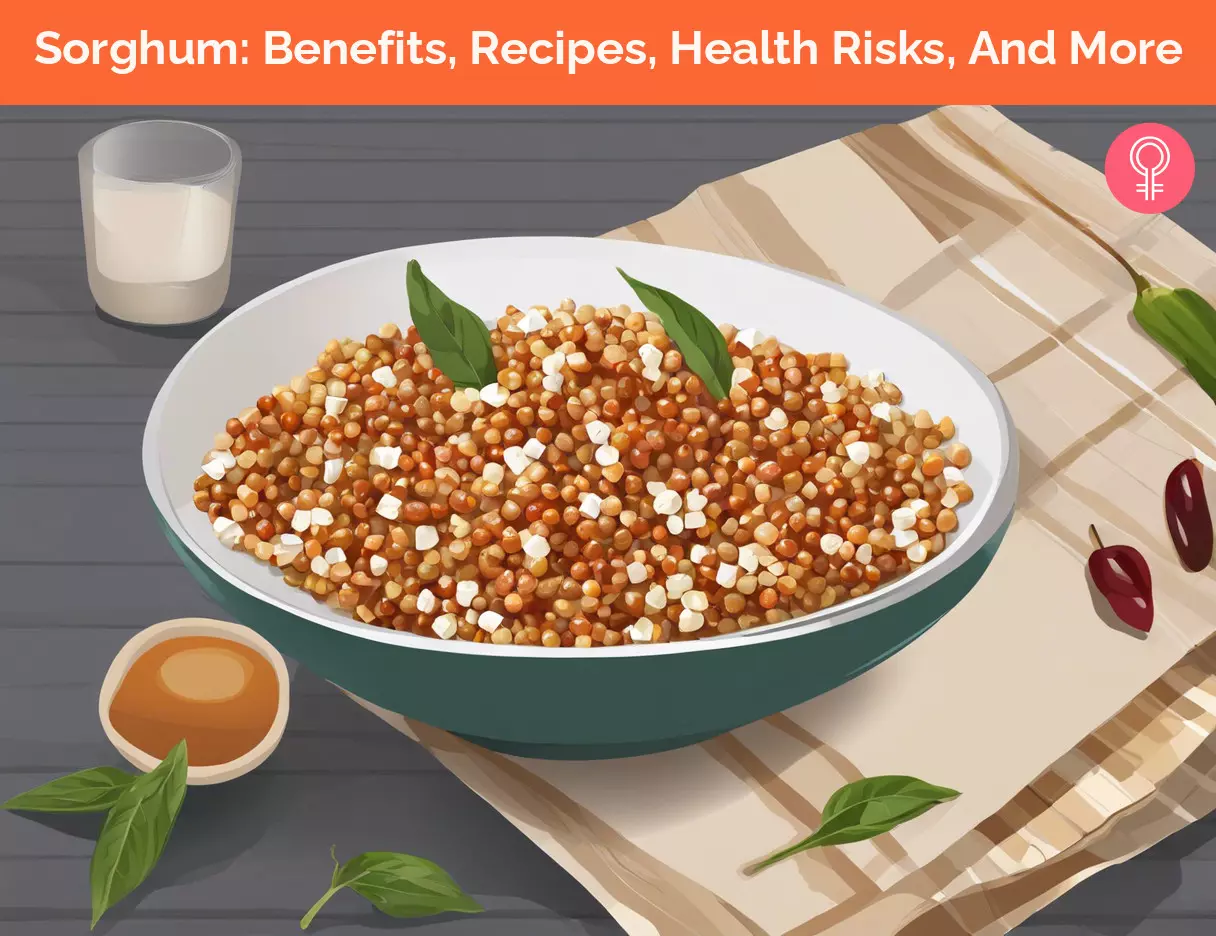
Image: Stable Diffusion/StyleCraze Design Team
Watch the following video to discover the amazing advantages of sorghum. It talks about how this ancient grain can help improve your overall health and well-being.
Personal Experience: Source
StyleCraze's articles are interwoven with authentic personal narratives that provide depth and resonance to our content. Below are the sources of the personal accounts referenced in this article.
i. Let’s Talk About Sorghumhttps://fortunavirilis.blogspot.com/2010/05/lets-talk-about-sorghum.html
References
Articles on StyleCraze are backed by verified information from peer-reviewed and academic research papers, reputed organizations, research institutions, and medical associations to ensure accuracy and relevance. Read our editorial policy to learn more.
- Fiber-mediated nourishment of gut microbiota protects against diet-induced obesity by restoring IL-22-mediated colonic health
https://www.cell.com/cell-host-microbe/fulltext/S1931-3128(17)30497-3?_returnURL=https%3A%2F%2Flinkinghub.elsevier.com%2Fretrieve%2Fpii%2FS1931312817304973%3Fshowall%3Dtrue - Fiber and cardiovascular disease risk: how strong is the evidence?
https://pubmed.ncbi.nlm.nih.gov/16407729/ - Sorghum distillers dried grain lipid extract increases cholesterol excretion and decreases plasma and liver cholesterol concentration in hamsters
https://www.sciencedirect.com/science/article/abs/pii/S1756464609000619 - Anti-diabetic effect of sorghum extract on hepatic gluconeogenesis of streptozotocin-induced diabetic rats
https://link.springer.com/article/10.1186/1743-7075-9-106 - Antidiabetic effects of three Korean sorghum phenolic extracts in normal and streptozotocin-induced diabetic rats
https://www.sciencedirect.com/science/article/abs/pii/S0963996910004266 - Preadministration of Fermented Sorghum Diet Provides Protection against Hyperglycemia-Induced Oxidative Stress and Suppressed Glucose Utilization in Alloxan-Induced Diabetic Rats
https://www.frontiersin.org/journals/nutrition/articles/10.3389/fnut.2018.00016/full - Sorghum extract exerts an anti-diabetic effect by improving insulin sensitivity via PPAR-γ in mice fed a high-fat diet
https://synapse.koreamed.org/articles/1051233 - Hypoglycemic effect of selected sorghum recipes
https://www.sciencedirect.com/science/article/abs/pii/0271531796001844 - Glycaemic index and glycaemic load of sorghum products
https://onlinelibrary.wiley.com/doi/abs/10.1002/jsfa.6861 - Anticancer Activity of a Novel High Phenolic Sorghum Bran in Human Colon Cancer Cells
https://www.hindawi.com/journals/omcl/2025/2890536/ - High-Polyphenol Sorghum Bran Extract Inhibits Cancer Cell Growth Through ROS Induction Cell Cycle Arrest and Apoptosis
https://www.liebertpub.com/doi/10.1089/jmf.2018.0008?url_ver=Z39.88-2003&rfr_id=ori%3Arid%3Acrossref.org&rfr_dat=cr_pub++0pubmed&cookieSet=1 - Effects of extruded whole-grain sorghum (Sorghum bicolor (L.) Moench) based diets on calcium absorption and bone health of growing Wistar rats
https://pubs.rsc.org/en/content/articlelanding/2025/FO/C9FO01817D#!divAbstract - Sorghum Grain: From Genotype Nutrition and Phenolic Profile to Its Health Benefits and Food Applications
https://onlinelibrary.wiley.com/doi/full/10.1111/1541-4337.12506 - Grain Sorghum Lipid Extract Reduces Cholesterol Absorption and Plasma Non-HDL Cholesterol Concentration in Hamsters
https://academic.oup.com/jn/article/135/9/2236/4664083 - Flaked sorghum biscuits increase postprandial GLP-1 and GIP levels and extend subjective satiety in healthy subjects
https://onlinelibrary.wiley.com/doi/10.1002/mnfr.201500672 - Celiac disease: In vitro and in vivo safety and palatability of wheat-free sorghum food products
https://www.clinicalnutritionjournal.com/article/S0261-5614(07)00093-3/fulltext - FoodData Central : Sorghum
https://fdc.nal.usda.gov/fdc-app.html#/food-details/169716/nutrients - REVIEW: Developments in Our Understanding of Sorghum Polysaccharides and Their Health Benefits
https://onlinelibrary.wiley.com/doi/abs/10.1094/CCHEM-87-4-0263 - Comparing sorghum and wheat whole grain breakfast cereals: Sensorial acceptance and bioactive compound content
https://www.sciencedirect.com/science/article/abs/pii/S0308814616319148 - Oats, whole grain, steel cut
https://fdc.nal.usda.gov/food-details/2346397/nutrients - Rice, white, long grain, unenriched, raw
https://fdc.nal.usda.gov/food-details/2512381/nutrients
Read full bio of Michelle Hawksworth
Read full bio of Sindhu Koganti
Read full bio of Ravi Teja Tadimalla
Read full bio of Moksha Gandhi







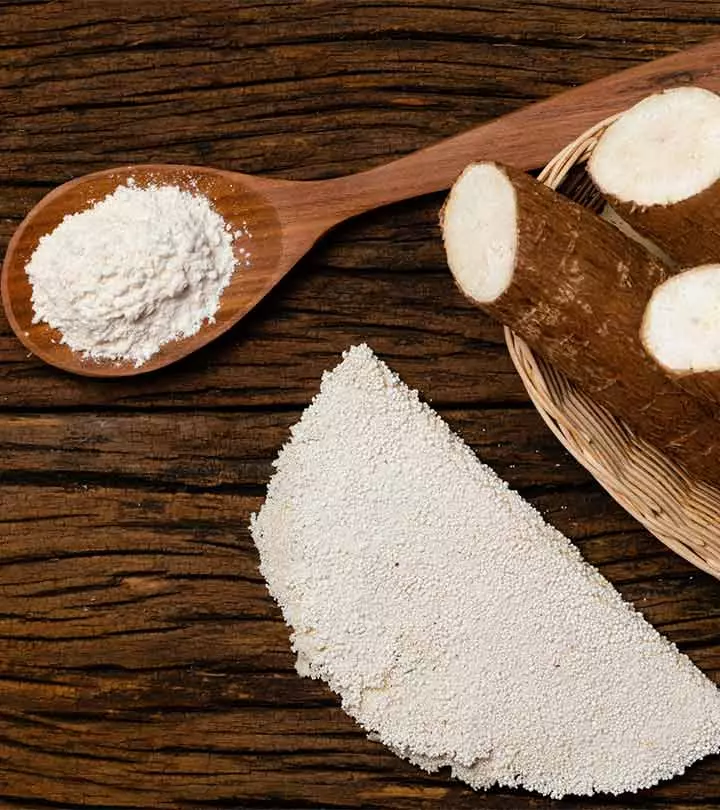


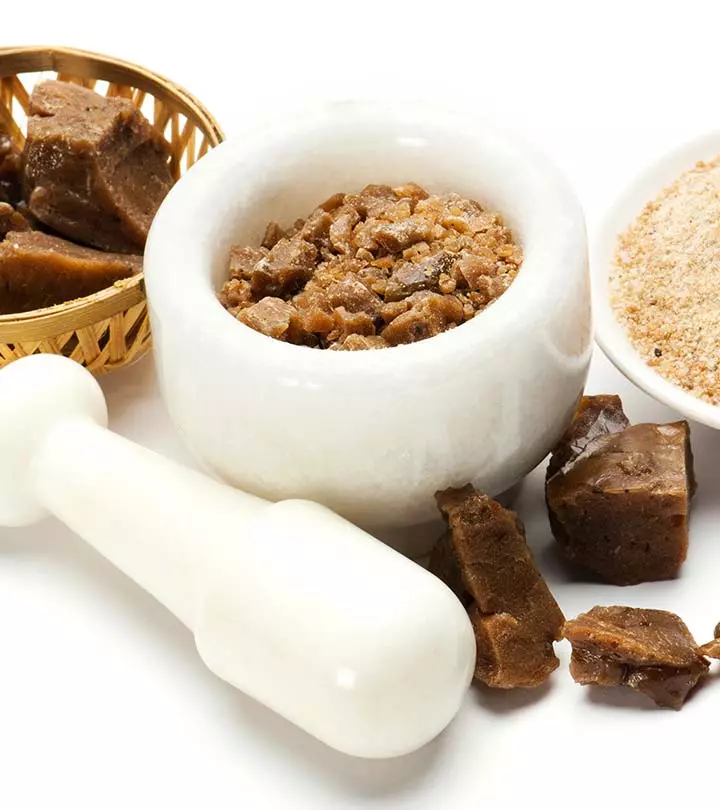



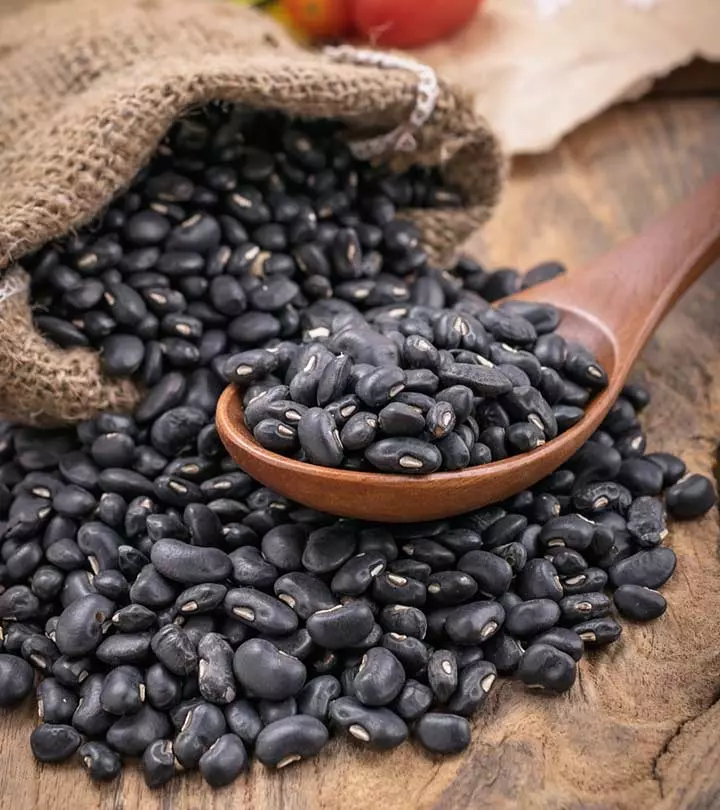








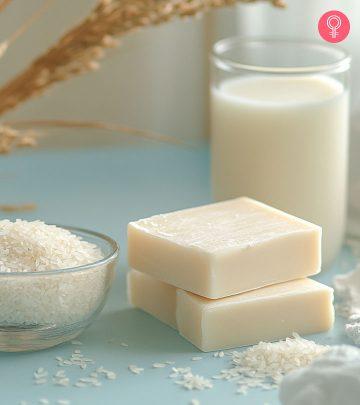



Community Experiences
Join the conversation and become a part of our empowering community! Share your stories, experiences, and insights to connect with other beauty, lifestyle, and health enthusiasts.